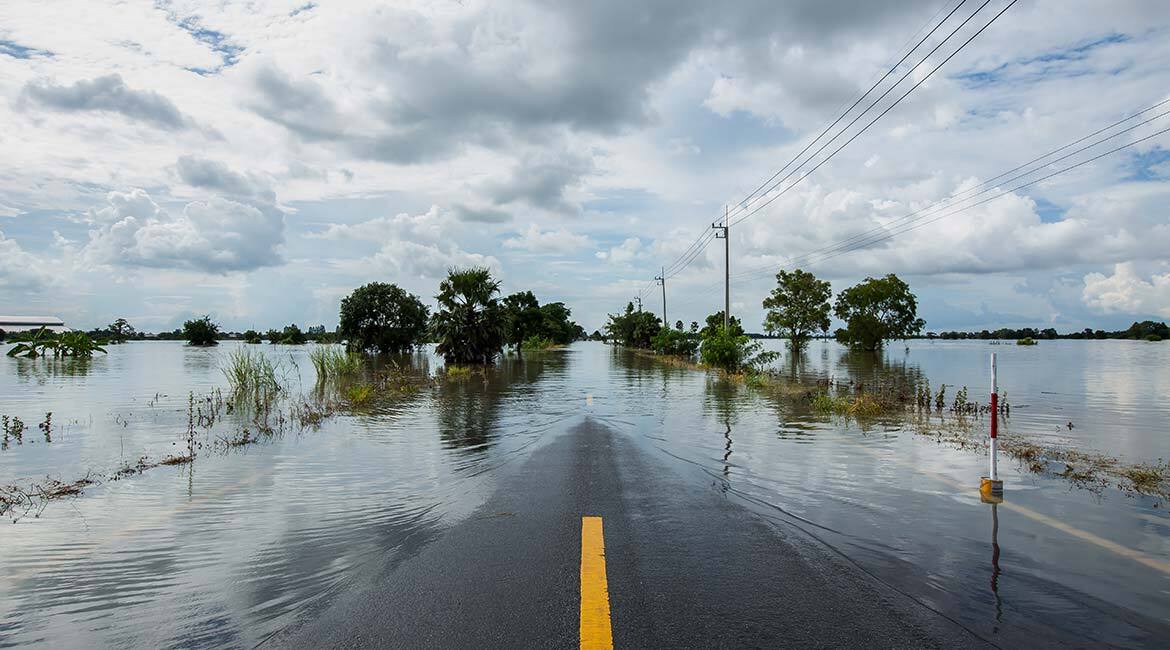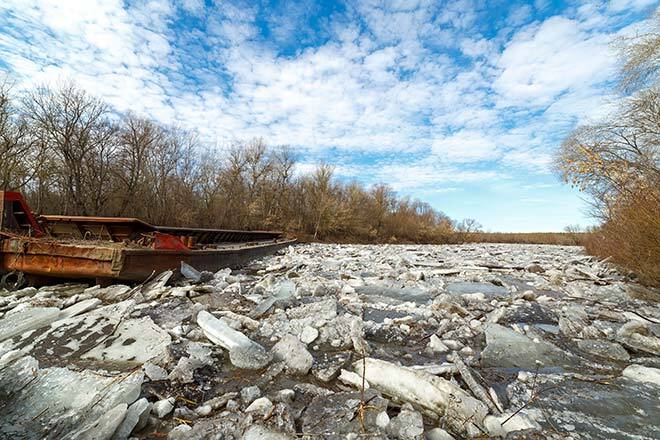Floods on the Radar of Neural Networks

Purchased on Gettyimages. Copyright.
Traditional hydrological models typically use two variables to simulate evaporation processes, runoff and water infiltration and calculate the amount of water that will reach the river and inflate its flow: precipitation and temperature. One of the reasons for this limitation is the difficulty in obtaining high-quality observations in large enough quantities. For example, weather stations sometimes break down or have equipment failures, leaving gaps in data time series. Most stations are not equipped to measure variables such as wind, solar radiation or atmospheric pressure, which can also affect the hydrological cycle. Also, only a fraction of rivers are gauged to measure their streamflow, an essential variable in calibrating hydrological models.
Fortunately, it is now possible to reanalyze past observations using meteorological models to recreate a complete data history, including simulated variables that the stations did not measure.
Using a database of 15,000 North American watersheds, the HC3 Laboratory is feeding and training neural network-based artificial intelligence systems, a deep learning approach, to evaluate their potential compared to traditional hydrological models.
Neural Networks in Action

ÉTS professor Jean-Luc Martel
While a traditional hydrological model uses a watershed to determine streamflow as a function of two meteorological variables, the neural network takes all the data available to find connections between the variables and make predictions. In addition, the neural network is not limited to a single watershed, as is often the case with traditional hydrological models. “I can train the network with a large number of watersheds. Then, if I have an ungauged watershed, but I provide its physical characteristics such as drainage area, land use, and available meteorological variables, the network can make connections with other watersheds it is trained on to estimate the streamflow of an ungauged watershed,” says Jean-Luc Martel.
Access to a large data set also makes it easier to predict extreme events, which are rare by definition. But a neural network needs a lot of data in order to learn. “If the network has access to a large database, it may not have seen extreme events in a specific watershed, but it will likely have seen them in similar watersheds and will be able to make connections on what conditions generate them,” says Martel.
Hydrological forecasts depend not only on current weather events but also on watershed conditions such as soil moisture and snow cover. That’s why Jean-Luc Martel uses a special neural network, called LSTM (Long Short-Term Memory), which can take into account both current data and data from the previous year. “A standard neural network cannot keep a memory of snowfall accumulation during winter, nor will it be able to predict the streamflow during the spring freshet. “The LSTM network has that short- and long-term memory,” he says. “It will understand that there is a snowpack, that it will melt at a certain temperature and what quantity of water will be released in the river,” explains Jean-Luc Martel.
These LSTM models are still under development, but they show great promise when it comes to hydrological forecasting. Jean-Luc Martel and his colleagues at HC3 are monitoring their reliability and identifying their strengths and limitations. Then, it will become possible to push their simulations further in a climate change context.

Integrating Climate Change
It is possible to feed the neural network with weather variables from climate models to look further into the future and try to anticipate the behaviour of a river. “This gives us a tool to better understand how streamflow will evolve in a future climate,” says Jean-Luc Martel.
If the models turn out to be reliable, engineers will be able to use the projections to design infrastructures that are resilient to climate change and understand the change in future spring freshet.


